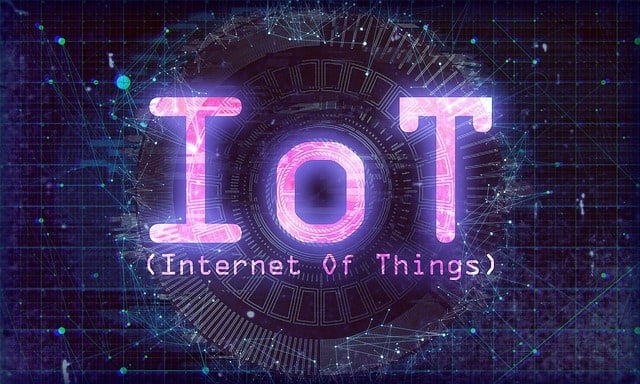The global Internet of Things (IoT) market size was USD 308.97 billion in 2020. Based on our analysis, this market exhibited a significant growth of 23.1% in 2020 compared to the average year-on-year growth during 2017-2019.The market is projected to grow from USD 381.30 billion in 2021 to USD 1,854.76 billion in 2028 at a CAGR of 25.4% in the 2021-2028 period. The steady rise in CAGR is attributable to this market’s demand and growth, returning to pre-pandemic levels once the pandemic is over.
IoT Introduction:
In the scope of the study, we have considered IoT platforms and solutions & services provided by the players such as – AT & T, Inc. offers solutions such as deployment services, vehicle solutions, integrated solutions, smart cities, and others. Cisco Systems, Inc. provides solutions such as network connectivity, data control, and exchange, connectivity management, edge computing.
Siemens AG provides solutions such as industrial edge, digital twin, and others. The global impact of COVID-19 pandemic has been unprecedented and staggering, with IoT solutions witnessing a negative impact on demand across all regions amid the pandemic.
IoT COVID-19 IMPACT:
Healthcare officials and manufacturers are working relentlessly to provide the right services to protect citizens from coronavirus. Hospitals have started using connected thermometers to monitor patients and staff. For Instance,
In January 2021, Nuance Communication, Inc. launched an AI-powered virtual assistant platform for patient interaction to change voice and digital experiences throughout the patient journey.
The Shanghai Public Health Clinical Center (SPHCC) and seven other hospitals across China are presently utilizing temperature sensors to monitor COVID-19 patients to reduce staff risks at the hospital.
The front-line emergency departments are utilizing drones, telemedicine, and other tools to combat the pandemic better.
On the other side, as coronavirus outbreaks started in China, several semiconductor manufacturers witnessed supply chain disruptions due to workforce and transport issues’ unavailability. There was a rapid decrease in demand in the initial period. However, it is anticipated to get back to normal as companies are reevaluating their supply chain model and adopting several distribution strategies.
IoT LATEST TRENDS:
One of the critical features of IoT technology is data management. Internet-connected devices collect massive data and information to process. However, there are a lot of security and privacy concerns linked with the IoT standard security gateway. The Blockchain-based architecture delivers lightweight and decentralized security solutions to connected devices. For instance,
In freight transportation applications, moving freight is a complicated process that involves an enormous number of parties with varying priorities. Similarly, in the component tracking and compliance application, IoT data kept in shared Blockchain ledgers allows all parties to track component provenance throughout the product life cycle.
Thus, blockchain can help alleviate the scalability and security concerns associated with the IoT.
DRIVING FACTORS:
European Innovation Partnership for Smart Cities and Communities (EIP-SCC) has spent around USD 1.12 billion to develop 300 smart cities.
Europe is leading in smart city development across the globe. The EU has been proactive in inspiring its member nations to invest and improve smart cities. As per Business Insiders, the European Commission has owed around USD 439.6 million in 2019 smart initiatives. For Instance
According to research done by the City Motion Index (CIMI), London is amongst the smartest city in the world. Furthermore, smart cities’ potential in coming years is expected to be nearly limitless, thereby accelerating the IoT market growth.
Connected Solutions to Offer Competitive Edge and Ability to Sustain in Market
Improved use of connected technologies contributes to increased data storage and transmission of all forms of data. Data analysis, deep learning, and artificial intelligence play an extremely significant and deciding role for connected devices in the organization.
Regional Insights:
The market has been analyzed across five major regions: North America, Europe, Asia Pacific, Latin America, and the Middle East & Africa. China is the largest industry, accounting for 64% of the 1.5 billion global IoT connections.
North America has made considerable progress in the adoption of IoT, especially in the industrial and automotive sectors. However, the rise in the number of data breaches has contributed to a need for protection solutions. Cloud platforms are experiencing strong adoption due to the demand for IoT.
Germany, the UK, France, Italy, Spain, and the Netherlands are driving European IoT adoptions. Eastern Europe and Nordic countries are trailing closely. To completely endorse an ambitious initiative for collaborative work and advancement in microelectronics related to connected vehicle solutions.
